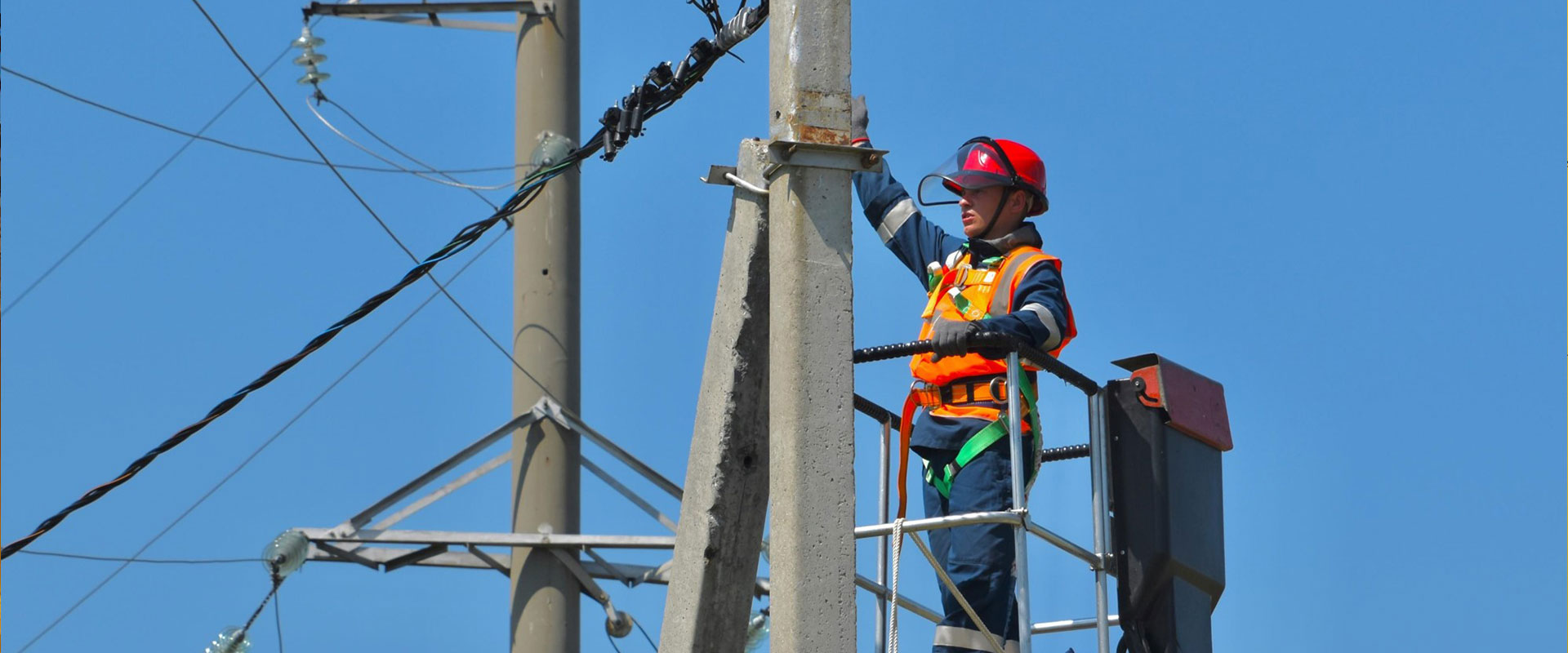Europe
The German government predicts a hydrogen demand of about 90 to 110 TWh by 2030 and in order to accommodate this demand, electrolysers with a total capacity of up to 5 GW are to be built in Germany by 2020.
GERMANY
Germany has committed itself together with the other European member states to achieve the green house gas (GHG) neutrality by 2050. Apart from phasing out coal fired power for which Germany has already taken the relevant actions, this means preventing emissions which are particularly hard to reduce such as process related GHG emissions from the industrial sector. For the energy transition to be successful, security of supply, affordability and environmental compatibility need to be combined with innovative and smart climate action. This means that the fossil fuels we are currently using need to be replaced by alternative options.
This applies in particular to gaseous and liquid energy sources, which will continue to be an integral part of Germany’s energy supply. Against this backdrop, hydrogen will play a key role in enhancing and completing the energy transition.
The German industry currently uses about 1.7 Million Tons (55TWh) of hydrogen per year and the government expects this to get double by 2030 as the strategy sparks new demand. However 95% of the hydrogen currently in use is the “gray hydrogen”, which is produced from fossil fuels, mainly natural gas and emits CO2 into the atmosphere during the production process. In order to reduce CO2 emissions associated with hydrogen production , the government plans to accelerate the expansion of the production capacity of green hydrogen which is produced using electricity derived from renewable energy sources.
The government will invest 12.36 Billion Euros by 2026 (9 Billion Euros) from the coronavirus economic stimulus package - The German Government
Germany is one the most active EU member states in expanding the use of hydrogen. The hydrogen strategy covers the entire value chain, from related technologies to production, storage, infrastructure, and utilization, including logistics, quality assurance, and consumer protection.
For the promotion of the practical use of the hydrogen technology , the German Federal Ministry of Economic Affairs and Energy is primarily advancing the following three programs (1) The Hy Experts program forms concepts for the green hydrogen utilization with high potential for practical use. (2) The HyPerformer program supports the implementation of specific green hydrogen projects. In addition, (3) the Reallabor (Real-World Laboratories) program goes one step further and is working on large-scale hydrogen utilization experiments and their industrialization through industry-government-academia collaboration.
In particular, large water electrolysers, PtL equipment, heat pumps, smart grids, and district heating are targeted, and 600 million euros has been set aside for this program for 2020-2023.
In the future, the government plans to expand the number of commercialization sites for each program throughout the country. Meanwhile, such sites have already begun to gather in four priority regions. The northern part of Germany, with its extensive low-lying areas, is expected to have the largest number of hydrogen production sites due to the high concentration of wind farms. Second to this is the German-Dutch economic zone, which includes the Ruhr area, the largest industrial cluster. In addition, the southwest part of Germany, which is adjacent to France, and the southern state of Bavaria, are also notable for the number of projects utilizing hydrogen technology, and are likely to become important locations for the hydrogen industry from now on.

In Germany, the pipeline network that reaches as far as 130 km is expected to begin transporting hydrogen by the end of 2022
Hydrogen gas can be transported and stored using natural gas pipelines. In January 2020, FNB Gas, the association of German transmission system operators, announced plans for partially repurposing more than 90% of existing natural gas pipelines for hydrogen transportation and storage network. Under the target of a stable supply to all of Germany, FNB aims to complete the plan by 2030. The operational policy also promises not to discriminate hydrogen based on its production location, and to handle not only green hydrogen from north-eastern Germany, but also hydrogen imported via liquefied hydrogen carriers and pipelines. As an initial step in the plan, the power generator RWE Generation, transmission company Nowega, and energy and chemical giants OGE, Evonik, and BP began to develop a pipeline network (GET H2 Nukleus) in March 2020.
This network will transport green hydrogen produced at RWE's 100 MW water electrolysis plant in the northern city of Lingen to BP's chemical plant in the Ruhr industrial zone near Essen and Evonik's chemical plant in the city of Marl, among other locations. The pipeline network that reaches out as far as 130 km is expected to begin transporting hydrogen by the end of 2022.
Because the domestic production capacity for green hydrogen is limited, the German government expects that a large part of the future demand will be met by imports. To this end, it has recognized the expansion of international collaboration and cooperation as an important issue and has positioned the Netherlands and France as promising supply partners within the EU. Also, outside the EU, there are high expectations for the procurement potential of countries such as Morocco, Ukraine, and Russia.
Germany has begun to work on green hydrogen production in collaboration with the Netherlands and France. North Africa, Ukraine, and Russia are also seen as potential suppliers, and Germany intends to make the most of the existing natural gas pipeline network inside and outside the EU for hydrogen distribution. - Germany Hydrogen Strategy
Hydrogen strategy roadmap and targets for Germany – A landscape view for investments

Brief overview of project archetypes in key European countries
Europe is a leading global market for electrolyser capacity deployment with 40% of global installed capacity. It is significant to note that close to 70 MW of electrolysis became operational in 2020, making the total installed capacity to almost 300 MW. Europe’s alone contribution hovers around 120 MW.
In November 2021, the European Clean Hydrogen Alliance announced a pipeline of projects that European industry is undertaking to roll out the European hydrogen economy on a large scale. Featuring over 750 projects , the pipeline is a testimony to the size and dynamism of the European hydrogen industry. The project archetypes range from clean hydrogen production to its use in industry, mobility, energy and buildings.
Concentration of upcoming hydrogen projects across few countries in the EU and their industry archetypes

More from the reports
- Identifying demand clusters for hydrogen in India as per end use industries - Urea & Ammonia
- Identifying demand clusters for hydrogen in India as per end use industries - Steel Manufacturing
- Identifying demand clusters for hydrogen in India as per end use industries - Refineries & Chemical Units
- Identifying demand clusters for hydrogen in India as per end use industries - Food Processing
- Identifying demand clusters for hydrogen in India as per end use industries - Power Plants
- Business case evaluation of hydrogen end use in mobility & transportation sector India
- Scaling infrastructure for potential demand clusters in India for hydrogen offtake
- Transcending India into a global hydrogen hub - Examining demand pockets for green hydrogen offtake
- Understanding global hydrogen production costs and curve downwards
- Demystifying hydrogen distribution and global supply chain for effective trade








